
Update: This article was last updated on 4th October 2024 to reflect the accuracy and up-to-date information on the page.
Explore the top programming languages for kids and teens to learn! With so many options available, each offers its own unique benefits. One of the great things about computer science is that while Coding languages for kids may differ in how they work, they share many core concepts.
This means that once your child starts learning one language, they’re already building skills that can easily transfer to others! Join us as we dive into coding classes for kids and highlight the best programming languages for young learners.
What Is the Best Coding Language for Kids to Learn?
In today’s technology-driven world, learning to code is no longer optional or limited to a select few. Understanding computer programming has become an essential skill for everyone, especially children.
Introducing kids to a coding language for kids at an early age not only prepares them for future career opportunities but also equips them with problem-solving and critical thinking skills that are valuable in everyday life.
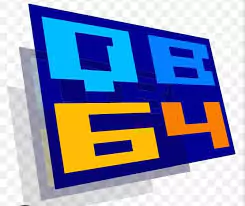
1. Basic
BASIC stands for Beginner’s All-Purpose Symbolic Instruction Code.
In the late 1970s and early 1980s, when the personal computer was on track, Basic Programming Language was introduced, the simplest and most popular language.
BASIC Language was the coding language that was used by computer system owners for creating a few short programs.
It will be the best language for young kids to learn and develop.
BASIC still is widely used because it can be learned easily and quickly, and the code is also easy to understand for other programmers.
BASIC’s documentation has been translated into many national languages. It also supports sound and graphics. A new popular version of BASIC is QBASIC
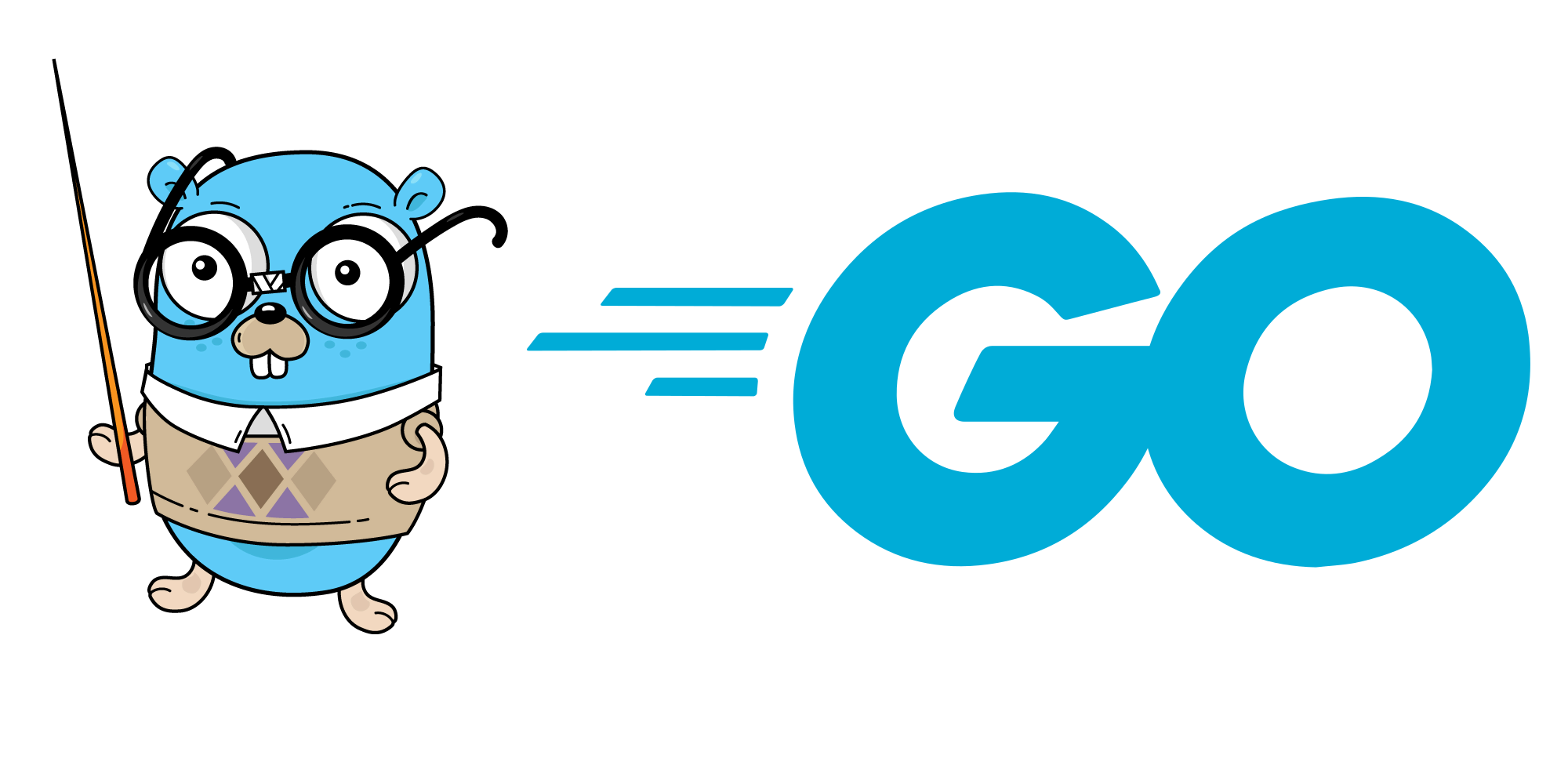
2. Go (Golang)
Go, one of the newer programming languages, stands out among the best kids coding languages due to its many advantages for beginners. Although it was developed and launched in 2009, Go has already made a significant impact in the coding community.
As an open-source, compiled, and statically typed language, Go is often compared to scripts like C++ and Haskell
Despite being relatively young, it’s already used by many Fortune 500 companies, including American Express, Netflix, and Uber, thanks to its efficiency and robust performance.
Go is frequently likened to Python for its simple syntax, but in terms of structure, it’s closer to C. Both languages share features like compilation and syntax layouts, but Go distinguishes itself with its CSP-style concurrency, garbage collection, memory safety, and structural typing.
While developers familiar with C will find some similarities, Go requires learning from scratch. However, the transition from C to Go is generally smooth and intuitive.
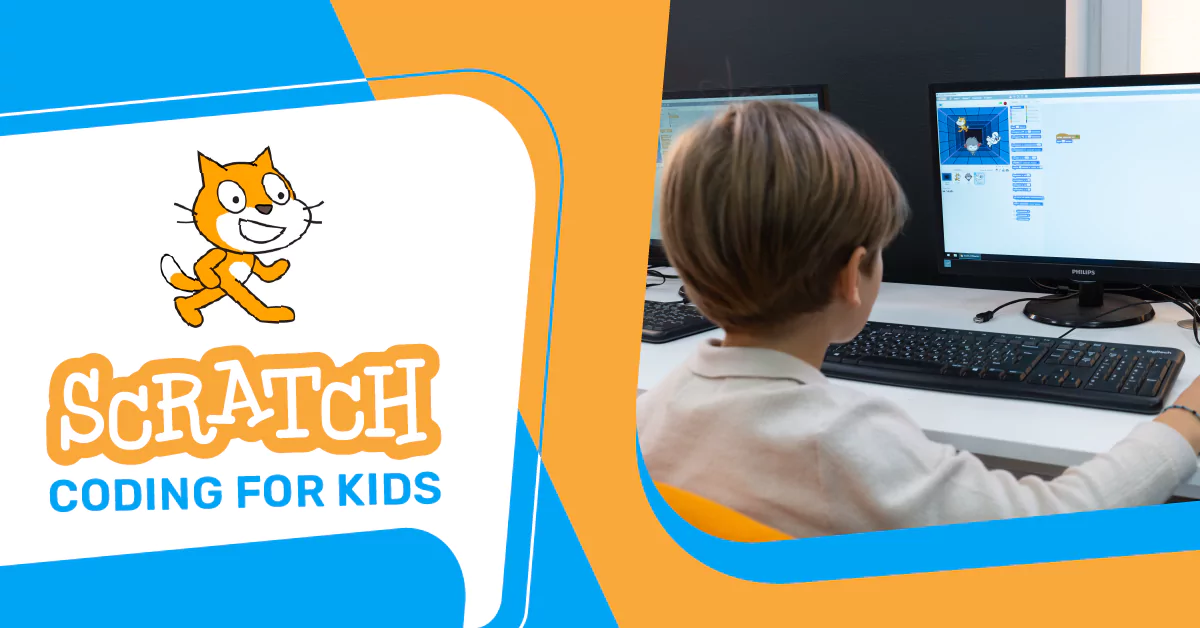
3. Scratch
After ScratchJr, kids can advance to its web-based sibling, Scratch. Scratch offers a drag-and-drop interface for creating programs and includes a wide variety of graphics, sounds, and music, enabling children to bring their projects to life. This visual programming language is designed specifically for kids to learn the fundamentals of coding.
It’s available in multiple spoken languages, making it ideal for beginners. Through coding classes for kids, Scratch allows them to easily create interactive stories, animations, and games.

4. Twine
Twine, unlike traditional programming languages, is a free and open-source tool designed for creating interactive, non-linear stories. It prioritizes the creative process over technical complexity, making it an excellent entry point for those who want to focus on storytelling rather than learning the intricacies of coding.
Twine introduces users to coding concepts by guiding them in structuring interactive games and stories, making it especially appealing for children who enjoy the creative aspect of programming. It simplifies coding by allowing users to craft their stories without needing to write complex code.
Although coding isn’t a requirement with Twine, kids can still enhance their stories using conditional logic, CSS, JavaScript, and variables if they wish. The stories created in Twine are a combination of images and text-based pages, linked together through an intuitive design interface. These pages can be easily customized with links, text, and images.
Additionally, Twine publishes directly to HTML, enabling children to share their creations virtually anywhere with ease.

5. Swift
Swift is one of the most popular Coding Languages when one is teaching their kids how to code because Swift Coding Language requires very less coding along with various advanced features. A very great thing about Swift is that it helps with code development with a simple drag-and-drop method.

6. Ruby
Ruby is one of the best programming languages for kids. The only difficulty here is that there is a clear syntax that needs to be followed by the coders. This programming language follows the Principle of Least Astonishment (POLA) philosophy. This coding language is easy to understand and remember, natural, dynamic, flexible, case-sensitive, and consistent.
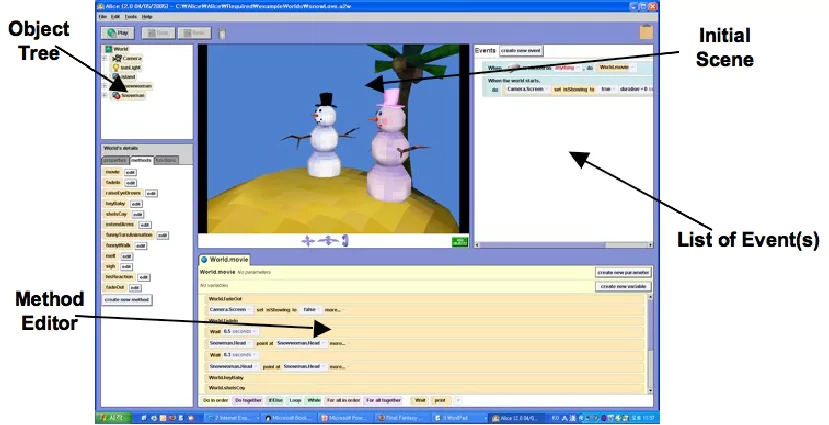
7. Alice
It is particularly designed to teach the OOPS Concepts. Alice is a 3D tool that is completely free. It is a great way for kids to learn and create various animations and games for kids. It also allows an easy drag-and-drop Method. It is an easy way to make kids learn block-based coding.
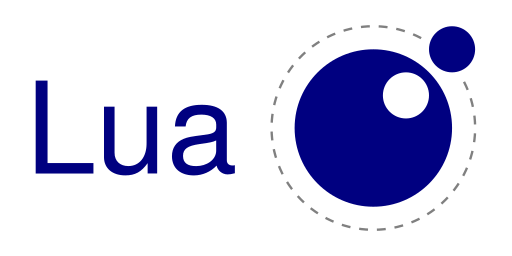
8. Lua
Lua is an excellent coding language for kids who want to start learning textual coding. It’s a free, beginner-friendly, and portable scripting language designed to teach key programming concepts in a simple, efficient, and readable way.
Even with its simplicity, Lua doesn’t sacrifice functionality. Despite its minimalistic approach, it stands out as one of the most powerful free programming languages available.
Lua is highly recommended for programming embedded systems and mobile apps. Fun fact: the famous game “Angry Birds” was developed using Lua! Additionally, Roblox, one of the most popular platforms among kids, also uses Lua for its coding environment
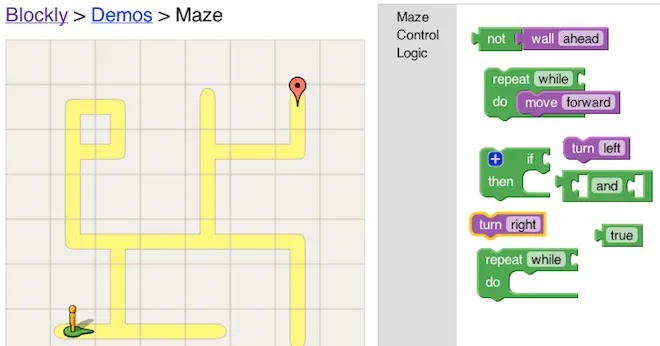
9. Blockly
Blockly is a highly recommended coding language for kids, designed specifically to make learning to code simple and engaging. Instead of typing out lines of code, children use a drag-and-drop interface to connect blocks of code, helping them understand fundamental coding concepts in a visual way.
What sets Blockly apart from other programming languages is its block-based, visual format, making it ideal for younger learners, typically aged eight and up. Using Blockly, kids can create games, animations, and programs directly from their browser. Additionally, Blockly allows users to switch between different coding languages when needed, offering flexibility as their skills grow.

10 . JavaScript: A Great Coding Language for Kids
JavaScript is an excellent coding language for kids, offering a streamlined syntax that’s easy to understand and perfect for beginners. It can be used across popular web browsers like Google Chrome, Internet Explorer, and Mozilla Firefox, making it highly accessible.
Much like how professionals use JavaScript to enhance web content, kids can apply it to transform simple web pages into exciting games and interactive apps. These projects can then be shared with others, providing a sense of accomplishment and creativity.
While JavaScript is structured and user-friendly, it also has depth. To fully leverage its potential, children will need to get familiar with concepts like arrays, functions, loops, methods, objects, parameters, and variables. Along with Python, JavaScript is one of the most valuable programming languages for kids to learn
Want to make your child future-ready with Robotics? Moonpreneur offers a tailor-made program. Reserve a spot in our free 60-minute workshop today and introduce them to the amazing world of robotics and innovations!
























